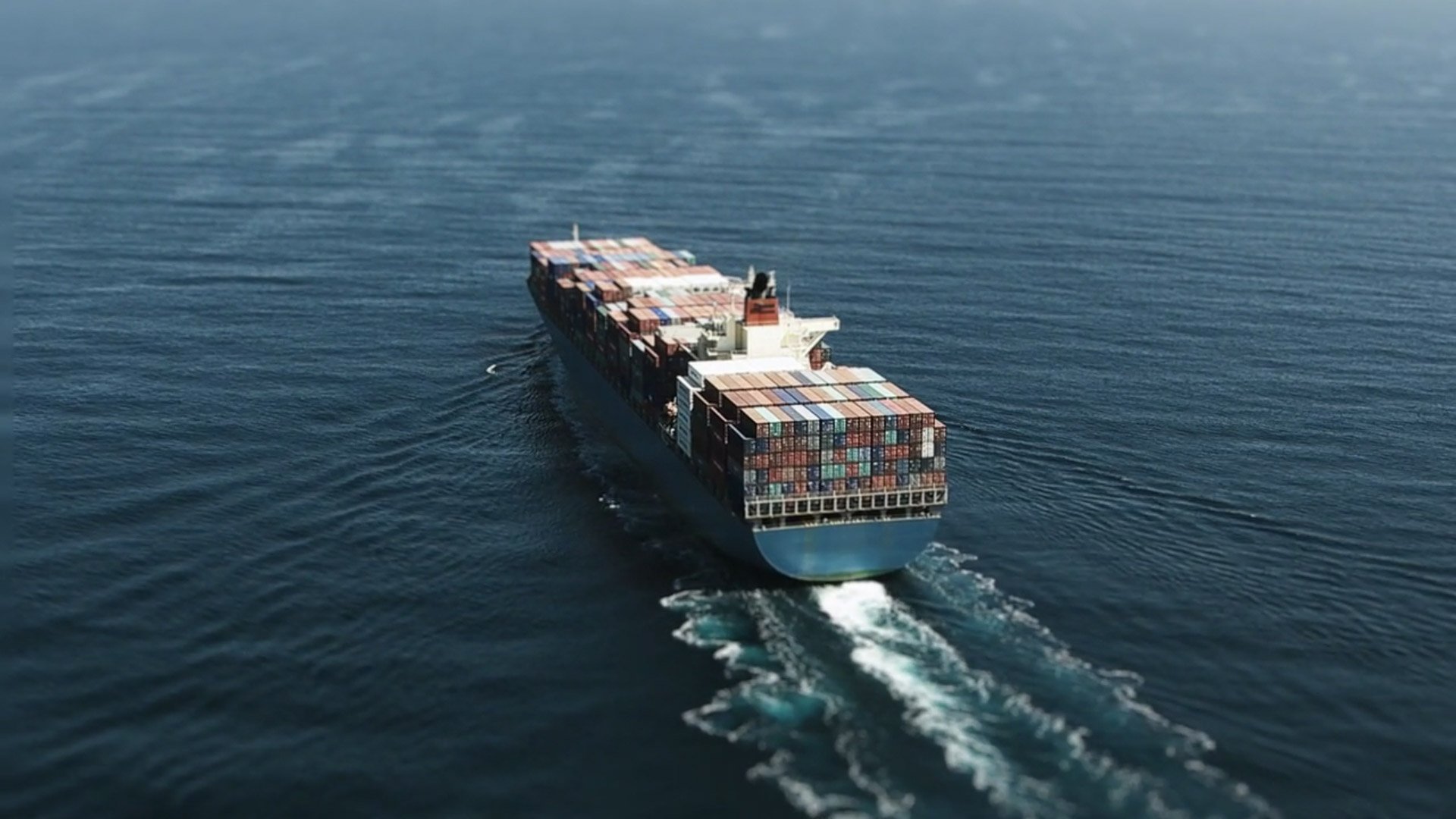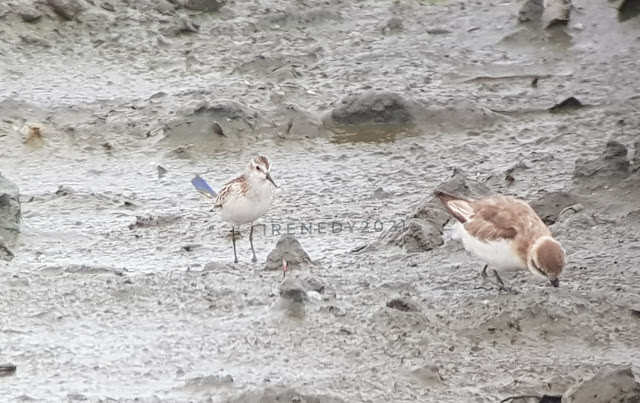Three years of waiting for this critically endangered species to show up on one of the mudflats and sandbar that is most important in Philippines. This site sits right on the East Asian-Australian pathway of many species of shorebirds,...
Three years of waiting for this critically endangered species to show up on one of the mudflats and sandbar that is most important in Philippines. This site sits right on the East Asian-Australian pathway of many species of shorebirds, Black-headed Gulls, and Terns species. I don't just bird there, I do shorebirds count without pay of course. This unique skill the heavens blessed me with will never be used for working with reclamation companies!
For a country that sits on extremely important part of East Asian Australian Flyway, it is surprising we do not have organisations that concentrate on banding shorebirds or even just working with shorebirds , wetlands, and mudflats. For two years, from 2020 to end of 2022, I go to the mudflat with frequency ranging from daily, to nearly daily ( with just a day of rest in between bird count, to sometimes 2 days in between.) Depending on when I have to do errands and my part time job. The reclamation that is on going in Tanza , Navotas and the New Airport in Taliptip, Bulacan which is destroying the critical mudflat, and livelihood of fishermen families, also is a threat for shorebirds due to once the reclamation is completed, a massive area of what used to be wintering ground of Far Eastern Curlew and Eurasion Curlew in Taliptip, will be dead of life but just a massive slab of concrete left. The reclamation also permanently altered the depth and structure of Manila Bay itself which affects marine life and fishing. After being away between February to November, at last ,this month, I have been able to go back to the mudflat to do shorebirds count with a heavy heart at seeing the effects of reclamation. Perhaps this is nature's way of giving me what is needed by the mudflat. It sure felt like so, and I happen to be just the tool for nature who is crying out for help in saving it from becoming an concrete airport and other extension facilities.
December 14, 2023. The heaviness of my heart going to the mudflat knowing how big the effect has been on the critical species which are nearly all 1% of the RAMSAR criteria. And one wonders why these sites are not even officially awarded RAMSAR status! I still made myself wake up at 3:30am despite just 2 hours sleep. Heart breaking knowing I am seeing much less number of birds there in just a short span of 1.5 years!
 |
| So many bird prints! |
One species after another, I counted and watched them to my heart's content. Seeing my 3 Nordmann's Greenshank eating small crabs and many Red-necked Stints this time. As I worked my way from the mudflat side heading towards the sandbar side, leg flags and leg rings of shorebirds and terns were seen and noted. These sightings are always sent back to the respective banding countries.
 |
| Nordmann's Greenshank along with Pacific Golden Plover. Normall at lowest possible tide of -0.4 meters there should not be water pockets anymore. |
 |
| A rather much smaller army size of Greater Crested Tern , Little Terns, Caspian Terns than previous years prior to the reclamation close to this area. |
Then came the time to aiming at legs of Terns... ahhhhh... Sad to see much less Greater Crested Terns and Caspian Terns due to many of the bamboo fishing fences were destroyed by the reclamation company. This also means the Terns will not have enough perch during high tide.
 |
| leg ring from China banding group. |
 |
| Leg ring from China banding group. |
It was at this point the flock of mixed Terns flew up and there instantly that black tip caught my eye in a flash! My heart skipped so hard that I nearly had a heart attack and all I could say was " OMG OMG! CCT!!!!!!! " Well I was alone there and I can't help just mumble to my self while my hands were trembling as I followed it with binoculars at where it landed! Indeed it is 100% no doubt, a Chinese Crested Tern!
 |
| Chinese Crested Tern seen at Sandbar of Brgy. Sta. Cruz, Paombong. The sandbar stretches to Pamarawan and becomes mix of sand and mudflat. GPS 14.755137,120.797082 December 14, 2023. ICD. |
-01.jpeg) |
| Closer view as the CCT gradually came closer on its own along with GCT. ICD2023 Dec 14. Click to see Bird count of Dec 14, 2023 |
Can you imagine how I was trembling, oh yeah, major trembling hands that my digivid was like an earthquake video shaking a lot! The excitement of actually finding this country record of one of the most critically endangered birds in the world! In Luzon the records are from Donsol 2x, Lingayen Gulf 1x, and this is the 4th Country record for Luzon and first for Bulacan, which happens to be at this critical patch of sandbar and mudflat that is affected greatly by large scale quarrying of black sand and mud for reclamation. What used to be 0 m to -0.1m of low tide already exposes nearly the whole of the mudflat with sandbar, now, it needs to be -0.3m to -0.4m to expose not even entirely the whole patch. In fact this day I found this country record there are still pockets of water on the mudfalt even at -0.4m low tide.
It was a sad yet happy emotion for me. Sad seeing the extremely bad environmental effects of the ongoing reclamation yet happy that finally, what we have been waiting for three years has shown up in this critical patch! If this environmental destruction is not stopped, there will be nothing left of Manila Bay but concrete jungle and water too deep for fishing or shorebirds! This is not just loss of Philippines, but also lost of the entire East Asian-Australian Flyway as we are all connected by migratory birds!
 |
| Other important areas are the salt pans behind and around the mudflat, just as critical are the fishing bamboo pens where terns can roost. |














